Q
how to change proton x70 key battery
Changing the battery in your Proton X70's remote key fob is a straightforward process. First, you'll need a CR2032 coin battery – that's the standard type for most key fobs these days. Grab a small screwdriver or even a coin, and gently pry open the seam of the key fob case. Take it easy though, you don't want to crack the plastic. Once it's open, you'll see the battery compartment. Use a non-metal tool to carefully pop out the old battery, and make sure you note which way the positive (+) and negative (-) sides are facing. Then, pop the new battery in the same orientation. Finally, snap the case back together and press around the edges to make sure it's fully latched.
To keep your key fob battery going longer, try not to leave it in hot spots for ages – like on the dashboard under direct sunlight. Also, cut down on those long-distance lock/unlock presses; they drain the battery faster. If your X70 has the smart key system, the dashboard usually throws up a warning when the battery's running low – that's your cue to swap it out. Heads up though, smart key batteries might be a different type, so better check the owner's manual to be sure. And if you notice the remote range getting shorter or the buttons feeling sluggish, that's often the battery starting to die. Swapping it out then saves you the hassle of being locked out later!
Special Disclaimer: This content is published by users and does not represent the views or position of PCauto.
Related Q&A
Q
Is the T60 Max a good car?
The Proton X70, Proton's first SUV developed in collaboration with Geely, has maintained steady performance in the Malaysian market. Built on Geely's Boyue platform, it's powered by a 1.8L turbocharged engine paired with a 6-speed automatic transmission, delivering smooth power delivery and fuel efficiency well-suited to local road conditions. The chassis tuning strikes a balance between urban driving comfort and light off-road capability.
In terms of interior features, higher-spec variants come equipped with a panoramic sunroof, large touchscreen display, and smart connectivity functions—catering perfectly to Malaysian consumers' preference for tech-forward amenities. Proton's extensive nationwide after-sales network also helps alleviate concerns about maintenance and ownership costs.
When compared to Japanese rivals in the same segment, the X70's key advantage lies in its stronger value proposition. However, buyers should note that its resale value retention tends to be slightly lower than established traditional brands.
Given Malaysia's rainy climate, regular checks on door seals and electronic systems are advisable. Additionally, the tropical heat places higher demands on the cooling systems of turbocharged vehicles—sticking to scheduled coolant replacements will help prolong engine life.
Overall, the X70 suits family buyers with a budget around RM150,000 who prioritize features and interior space. During test drives, pay special attention to how the dual-clutch transmission performs in stop-and-go traffic and assess the air-conditioning system's cooling efficiency.
Q
What is EPB malfunctions on Proton X70?
EPB malfunctions (Electronic Parking Brake System malfunctions) on the Proton X70 usually manifest as a warning light illuminating on the dashboard or the system failing to start/release properly. Common causes include the system triggering protection due to excessive brake pad wear, abnormal signals from electronic sensors, insufficient battery voltage affecting module power supply, or the need for software upgrade and reset. When encountering this problem, it is recommended to first try manually resetting by pressing the brake pedal firmly and pulling up the EPB switch for 3 seconds with the vehicle powered on. If it doesn't work, a professional diagnostic tool should be used to read the fault codes. Special attention should be paid to checking the thickness of the brake pads (replace them if they are less than 3mm) and the condition of the wiring connections.
As an electronic component, the EPB system relies more on the stability of the vehicle's overall electrical system than traditional handbrakes. Therefore, during regular maintenance, attention should be paid to checking the health of the battery (especially in hot climates), and long - term parking that may drain the battery should be avoided. The EPB system of the Proton X70 works in conjunction with the ESP Vehicle Stability System. If the malfunction persists, the Auto Hold function may fail. In this case, the authorized service center should be contacted promptly to avoid affecting driving safety.
The rainy and humid environment in Malaysia may accelerate the oxidation of the braking system. It is recommended to check the lubrication of the brake caliper guides every 20,000 kilometers, which is very helpful for maintaining the sensitivity of the EPB actuator.
Q
How many cc is a Proton x70 engine?
The Proton X70 comes with two engine displacement options: a 1.5-liter turbocharged (1498cc) and a 1.8-liter turbocharged (1798cc), depending on the vehicle configuration. The 1.5T version uses direct injection technology, with a maximum horsepower of 177hp and a peak torque of 255Nm. The 1.8T version offers 184hp and 300Nm of torque. Both are paired with a 7-speed dual-clutch transmission.
As the main SUV of a Malaysian local brand, the Proton X70's engine technology is derived from the power platform jointly developed by Geely and Volvo. It balances fuel economy and power performance, making it suitable for Malaysia's diverse road conditions. The turbocharged engine can deliver high torque at low RPMs, which is especially suitable for city driving and climbing mountain roads. The direct injection technology can improve combustion efficiency and reduce fuel consumption.
It's worth noting that engine displacement (cc) doesn't directly equal power output. Other factors such as turbocharging and transmission tuning also need to be considered. That's why the 1.5T engine of the Proton X70 can rival the performance of a traditional 2.0-liter naturally aspirated engine.
Q
How to use cruise control Proton X70?
Using the cruise control function of the Proton X70 is extremely simple. First, make sure the vehicle is traveling at a speed of over 40 km/h. Then, press the cruise control button on the left side of the steering wheel to activate the system. At this time, the cruise control symbol will appear on the dashboard. Next, use the "+" or "-" buttons to set the desired speed. After setting, release the accelerator pedal, and the vehicle will maintain a constant speed. If you need to temporarily cancel the cruise control, gently tap the brake or press the cancel button. To turn it off completely, press the main cruise control button again.
It's worth noting that the cruise control system of the Proton X70 may automatically adjust the throttle on steep slopes to maintain the set speed. This is a normal phenomenon. Additionally, extra caution is required when using this system on rainy or slippery roads. It is recommended to keep a greater safety distance. The cruise control function is most suitable for long - distance driving on highways or other roads with good conditions, which can effectively reduce driving fatigue. However, drivers still need to stay focused and be ready to take over vehicle control at any time, as the system cannot recognize sudden obstacles or complex road conditions.
There may be slight differences in the cruise control details of Proton X70s from different years. It is recommended that owners also refer to the user manual that comes with the vehicle for specific operation instructions.
Q
What is boss seat switch Proton X70?
The Boss seat switch is a convenient feature of the Proton X70. It's mainly installed on the side of the front passenger seat, allowing rear - seat passengers (especially those in the "boss seat" on the right rear) to directly adjust the front - passenger seat's forward and backward position and backrest angle. This helps to increase legroom and enhance seating comfort. This design is commonly seen in mid - to high - end SUVs, highlighting the X70's practicality for business use.
As one of the most popular SUVs locally, the Proton X70's Boss seat switch is easy to operate. You just need to press the switch and move the seat to make adjustments, without having to bend over or exert much effort. It's especially suitable for family outings or business receptions.
Apart from this feature, the X70 also comes with luxury configurations such as a panoramic sunroof and Nappa leather seats. Its overall cost - effectiveness is quite competitive in the Malaysian market. It is recommended that car owners clean the switch contacts regularly to prevent dust from affecting the sensitivity. At the same time, refer to the user manual to understand the specific operation details. This kind of user - friendly design also reflects Proton's careful consideration of user needs.
Q
Does the Proton X70 Support remote start?
Yes, the Proton X70 is indeed equipped with a Remote Start function. This feature can be operated via the smart key or a mobile app (such as the Proton Link App), allowing the owner to start the engine from a distance and turn on the air - conditioning system in advance. It's especially practical in Malaysia's hot weather. The Remote Start usually needs to be used within a certain effective range, and the vehicle must be in a locked state to ensure safety.
Apart from the Remote Start, the Proton X70 also comes with other intelligent technology configurations, like keyless entry, automatic air - conditioning, and an advanced infotainment system, which further enhance driving convenience and comfort. It should be noted that when using the Remote Start, it is recommended to ensure that the vehicle is parked in a well - ventilated area to avoid unnecessary fuel consumption or emission problems caused by long - term idling.
As a popular local SUV, the Proton X70's technological configuration and practical design fully take into account the needs of Malaysian users, providing more convenient options for daily use.
Q
What is the crash rating of the Proton X70?
The Proton X70 has achieved a 5-star rating in the ASEAN NCAP crash safety test, which is the highest safety level in this testing system. This indicates that it performs excellently in adult occupant protection, child occupant protection, and safety assistance technologies. Specifically, the Proton X70 demonstrated good occupant protection capabilities in both frontal and side impact tests. The use of its body structure and high-strength steel effectively absorbed the collision energy. Meanwhile, it comes standard with safety features such as six airbags, Electronic Stability Control (ESC), and Anti-lock Braking System (ABS), which further enhance its safety. For Malaysian consumers, the ASEAN NCAP rating is an important reference standard because it is specifically optimized for the road conditions and driving environments in Southeast Asia. Compared with other global rating systems like Euro NCAP or IIHS, it is closer to the local actual needs. Additionally, the Proton X70 is also equipped with advanced driver assistance systems such as Autonomous Emergency Braking (AEB) and Lane Keeping Assist (LKA). These functions can effectively reduce the risk of accidents in daily driving. Choosing a vehicle with a high safety rating can not only protect the passengers but also ensure better resale value in the used car market. Therefore, the 5-star rating of the Proton X70 is one of its significant advantages.
Q
Does the Proton X70 Support Android Auto?
Yes, the Proton X70 does support the Android Auto feature. This configuration allows drivers to seamlessly connect their Android phones to the in - car infotainment system, enabling them to use applications such as navigation, music, and make calls, thereby enhancing driving convenience and safety. As the flagship SUV of a Malaysian local brand, the Proton X70 has always kept up with market demands in terms of technological configurations. Apart from Android Auto, some high - end models are also equipped with Apple CarPlay, voice control, and advanced driving assistance systems, providing users with a more intelligent driving experience.
It should be noted that when using Android Auto, you need to connect your phone via the original USB data cable and ensure that your phone's system version meets the requirements. If you encounter connection problems, it is recommended to check the quality of the cable or update your phone's system. You can also refer to the owner's manual or contact the Proton authorized service center for technical support.
For Malaysian consumers who value intelligent connectivity features, the Proton X70's such configurations offer good competitiveness among vehicles in the same class. Especially when combined with its local after - sales network and cost - effectiveness advantages, it is definitely worth considering.
Q
How much petrol does the Proton X70 consume?
As a popular SUV in the Malaysian market, the fuel consumption of the Proton X70 varies depending on the vehicle configuration and driving conditions. According to official data, the combined-cycle fuel consumption of the 1.5L turbocharged version is approximately 7.6L per 100km, while that of the 1.8L turbocharged version is slightly higher, around 8.2L per 100km. The actual fuel consumption may fluctuate by 10%-15% depending on road conditions such as city congestion or highway cruising.
The mild-hybrid electric vehicle (MHEV) system installed in this car can assist in reducing fuel consumption during the starting phase. Meanwhile, the powertrain jointly developed by Proton and Geely focuses on fuel-economy tuning. Malaysian consumers should note that frequent use of the air-conditioner in hot weather or driving in mountainous areas may increase fuel consumption. Regular maintenance (such as replacing the air filter and spark plugs) helps maintain optimal performance.
SUVs in the same class, such as the Honda CR-V or Mazda CX-5, have similar fuel-consumption performance. It is recommended that you take a test drive on your daily commuting route before purchasing a car to obtain real-world data. In the long run, choosing a vehicle that suits your driving habits can better optimize your vehicle-using costs.
Q
What is the alternative to the Proton X70?
Malaysian consumers looking for an alternative to the Proton X70 can consider mid-sized SUVs in the same class, such as the Honda CR-V, Mazda CX-5, or Toyota RAV4. These models perform well in terms of space, comfort, and brand reputation. If you have a lower budget, Proton's own X50 is also a good option. It's slightly smaller in size but more affordable, making it suitable for city driving. If you prefer new energy vehicles, the BYD Atto 3 or the upcoming Hyundai Kona Electric are worth your attention. They offer pure-electric power and advanced technological features.
When making a purchase, it's recommended to compare the power performance, fuel consumption, warranty policies, and after-sales service networks of different models according to your own needs. The tropical climate and road conditions in Malaysia place certain requirements on the vehicle's air-conditioning system and suspension durability. Therefore, a test drive is especially important. Additionally, some brands offer extended warranties or free maintenance packages, which can reduce the long-term cost of vehicle ownership.
Latest Q&A
Q
Does the 2019 Yaris have a backup camera?
The 2019 Toyota Yaris did come with a reverse camera in the Malaysian market. Back then, this feature was already becoming a standard fitment on most models, especially the mid-to-high spec variants. It displays a live feed of what's behind you on the infotainment screen, making reversing safer by helping drivers spot potential hazards and reducing blind spots.
Just a heads-up though, exact specs can vary between trim levels. If you're a Yaris owner, it's always best to check your owner's manual or give Toyota Malaysia a call to confirm if your specific model has this feature.
Reverse cameras are pretty much everywhere in modern cars these days. It's not just the Yaris – rivals like the Honda Jazz and Mazda 2 also offered similar safety tech, some even with dynamic guidelines or radar-based warning systems to make things even easier.
If you're looking at a used Yaris, do yourself a favor: test the reverse camera during your test drive. Make sure it works properly, and keep an eye out for any screen issues like fading or lag. That way, you can be sure this handy feature is in top shape and ready to help.
Q
What kind of engine is in the 2019 Toyota Yaris?
The 2019 Toyota Yaris in the Malaysian market primarily comes with a 1.5-liter 2NR-FE four-cylinder naturally aspirated petrol engine. This engine features Dual VVT-i (Dual Variable Valve Timing-intelligent) technology, churning out a maximum 107 horsepower and a peak torque of 140 Nm. It's mated to either a 7-speed CVT automatic or a 5-speed manual gearbox, delivering impressive fuel efficiency.
Renowned for its reliability and low maintenance costs, this engine is a solid fit for city commuting and also meets Malaysia's Euro 4 emission standards. It's worth noting that while naturally aspirated engines like this one might not deliver the same punch as turbocharged units, their simpler construction translates to better durability and lower upkeep expenses – a big plus given Malaysia's road conditions and climate. Toyota has also done a decent job with sound insulation on this engine, so noise levels are nicely controlled, especially at lower speeds.
If straight-line speed is your top priority, you might want to check out some other models in this segment. But when it comes to overall value for money, this 1.5L Yaris is a strong contender and remains a popular pick in the small car market.
Q
How long does a 2019 Toyota Yaris last?
The 2019 Toyota Yaris typically clocks up 150,000 to 200,000 kilometers or more on Malaysian roads, with its lifespan heavily relying on how well you maintain it and your driving style. This little workhorse is known for being tough as nails and rarely letting you down – it’s practically tailor-made for Malaysia’s city traffic and weather. Sticking to regular oil changes, keeping the cooling system spotless, and swapping out the timing belt when it’s due can really stretch its service life. Toyota’s got a solid after-sales network here, and genuine parts are easy to come by, which is a big plus for keeping it running long-term.
One thing to watch out for though – Malaysia’s hot and humid climate can be rough on rubber components and electrical bits. I’d recommend checking the chassis rubber parts and wiring insulation every couple of years to be safe. When it comes to holding value, the Yaris does pretty well in the used car market here; a five-year-old model usually still retains around 60% of its original price. If you’re mainly using it for city commuting and keep up with maintenance, there’s no reason it can’t last over 10 years without major repairs.
For Malaysian buyers on a budget looking at a used Yaris, pay extra attention to the transmission fluid change history and the condition of the air conditioning system – those are the usual trouble spots in our tropical weather.
Q
What is the 2019 Yaris known for?
The 2019 Toyota Yaris made a name for itself in Malaysia thanks to its solid reputation for reliability and fuel efficiency. This little hatchback packs a 1.5-liter Dual VVT-i engine under the hood, churning out 107 horsepower and 140 Nm of torque. Paired with a CVT gearbox, it’s a real fuel sipper – perfect for zipping around the city.
Safety-wise, it doesn’t skimp either. Standard kit includes VSC (Vehicle Stability Control), HAC (Hill-Start Assist Control), and a full complement of 7 airbags, which is reassuring. Its compact size – 4,140mm long – makes it a breeze to maneuver through tight city streets and squeeze into those tricky parking spots. The 2019 model also got a subtle style upgrade with LED daytime running lights and a chrome grille, giving it a slightly more modern look.
Here’s a testament to its toughness: you’ll often spot Yaris models serving as ride-hailing cars or taxis around Southeast Asia. That tells you something about how durable they are. If you’re shopping around in this segment, the Honda Jazz or Nissan Almera are worth a look too – both are pretty thrifty on fuel. But where the Yaris really shines is Toyota’s after-sales network in Malaysia. It’s one of the most extensive out there, which means getting it serviced or repaired is a whole lot more convenient. That’s a big plus in my book.
Q
Is the 2019 Yaris easy to park?
The 2019 Toyota Yaris is a solid pick for city driving in Malaysia. Its compact size and nimble handling make parking a breeze—at under 4 meters long with a tight turning radius, it weaves through tight parking lots and congested streets without breaking a sweat. Owners often praise the good visibility, and when paired with the mirrors and reverse sensors (some higher trims might even get a reverse camera), it’s a total lifesaver for parking, especially if you’re new to driving.
Think about it: if you’re regularly navigating cities like KL, a small car like the Yaris takes a lot of the stress out of parking. Malaysia’s older urban areas are full of those tiny, cramped parking spots, and a shorter car definitely has an easier time squeezing into them. Plus, the electric power steering makes the wheel feel super light when you’re inching around at low speeds.
But here’s the thing—while small cars rock for parking, they might not feel as planted as bigger vehicles when you’re cruising at highway speeds. So, just make sure to factor in your own driving style and what you really need before deciding.
View MoreRelated News

Proton X70 interior design fully revealed: Suitable for both home and business use
JohnJul 7, 2025
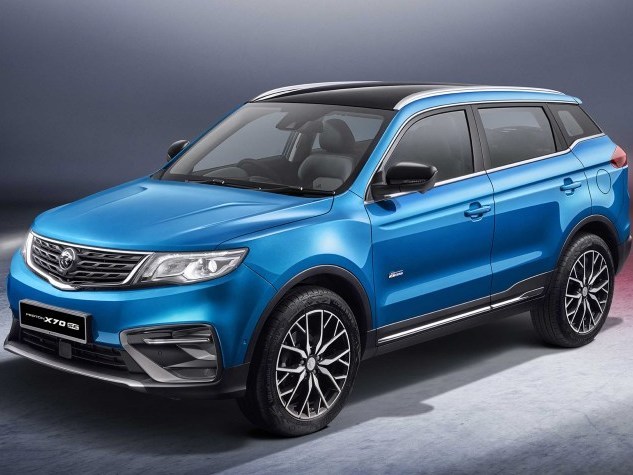
Space, Interior & Power: How Does the Proton X70 Excel in Every Aspect?
WilliamApr 14, 2025
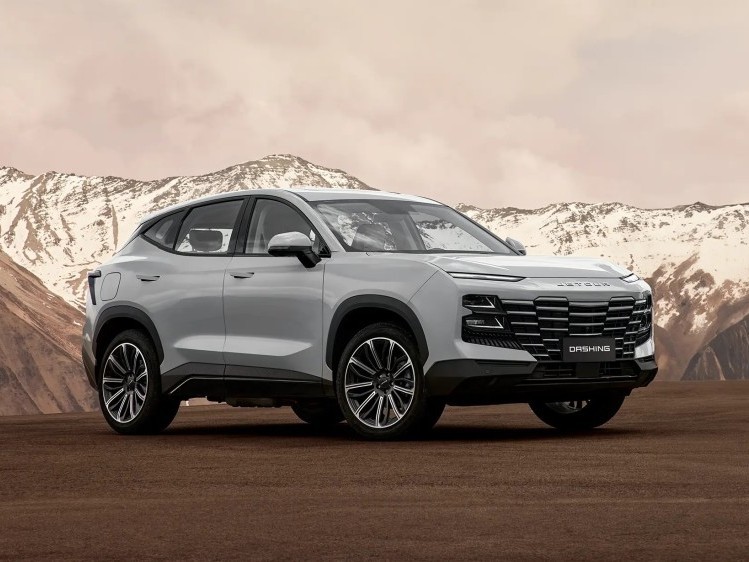
Jetour Dashing Set to Launch in Malaysia on April 9, Competing with the CR-V
MichaelApr 3, 2025
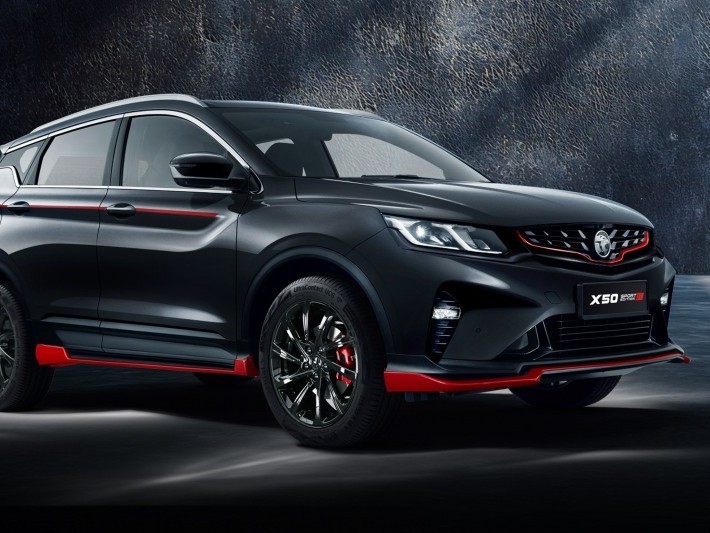
In 2025, should you choose the Proton X50 or X70?
RobertFeb 28, 2025
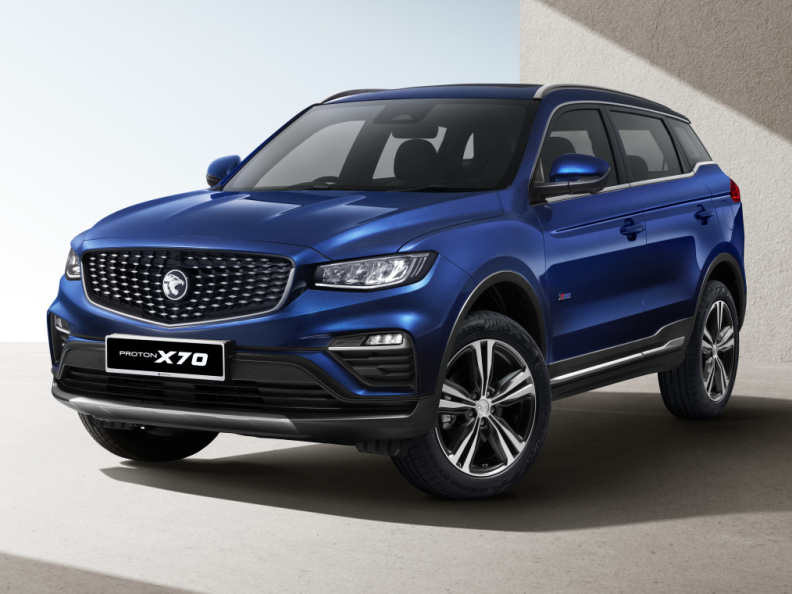
What is the fuel consumption of X70? Is X70 a worthwhile SUV to buy?
RobertFeb 27, 2025
View More




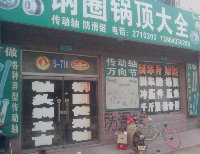
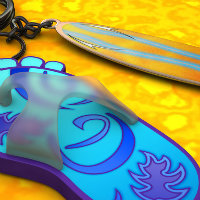






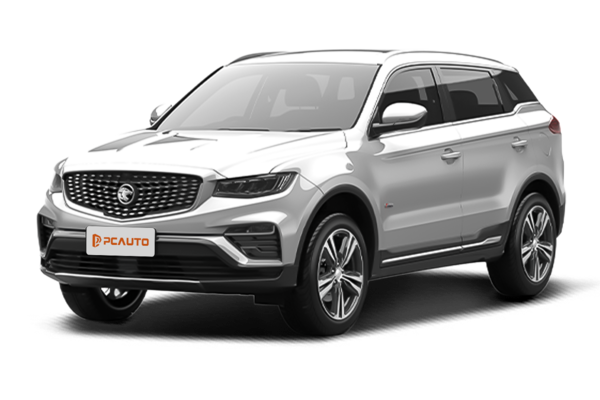





Pros
Cons